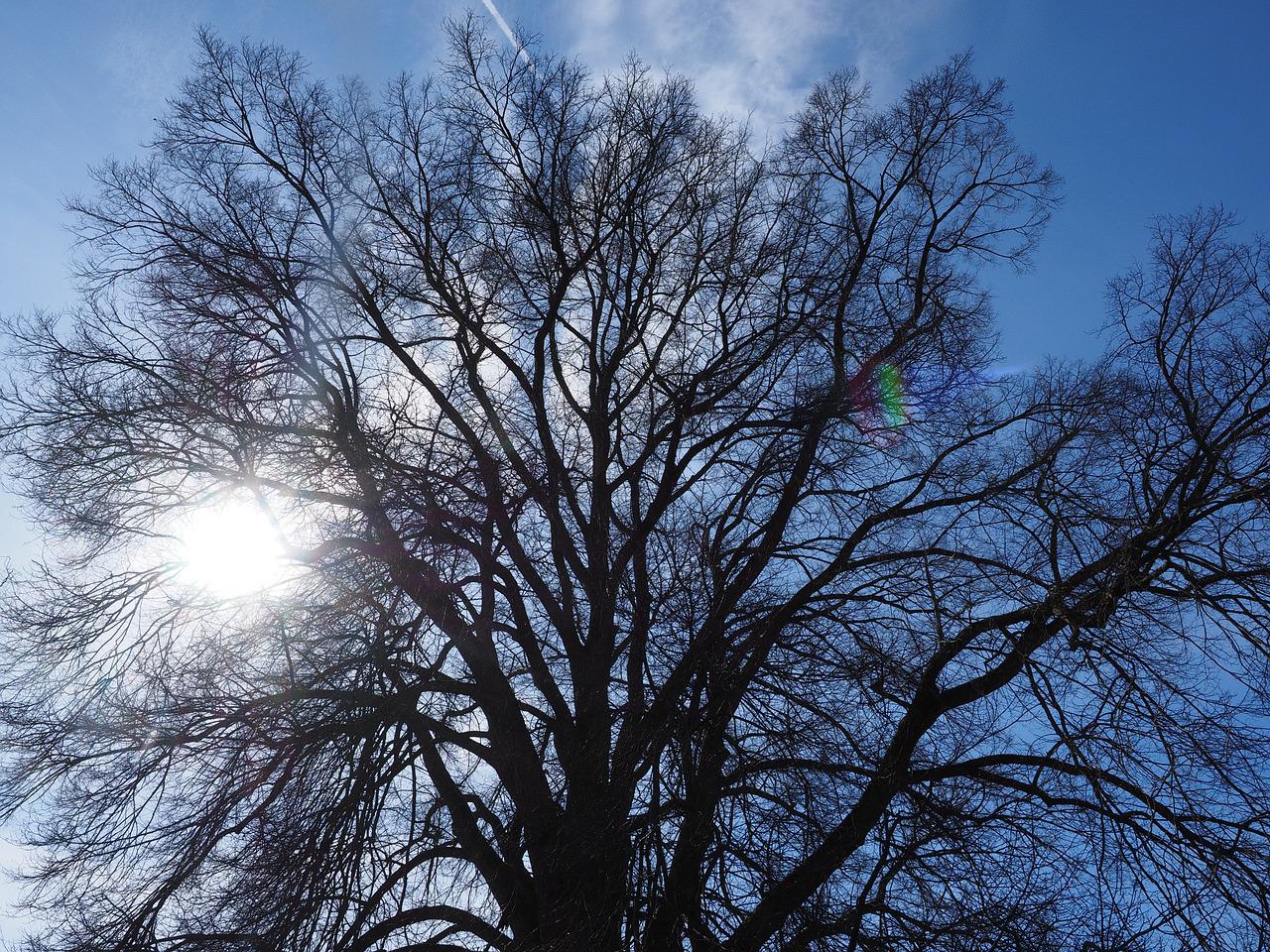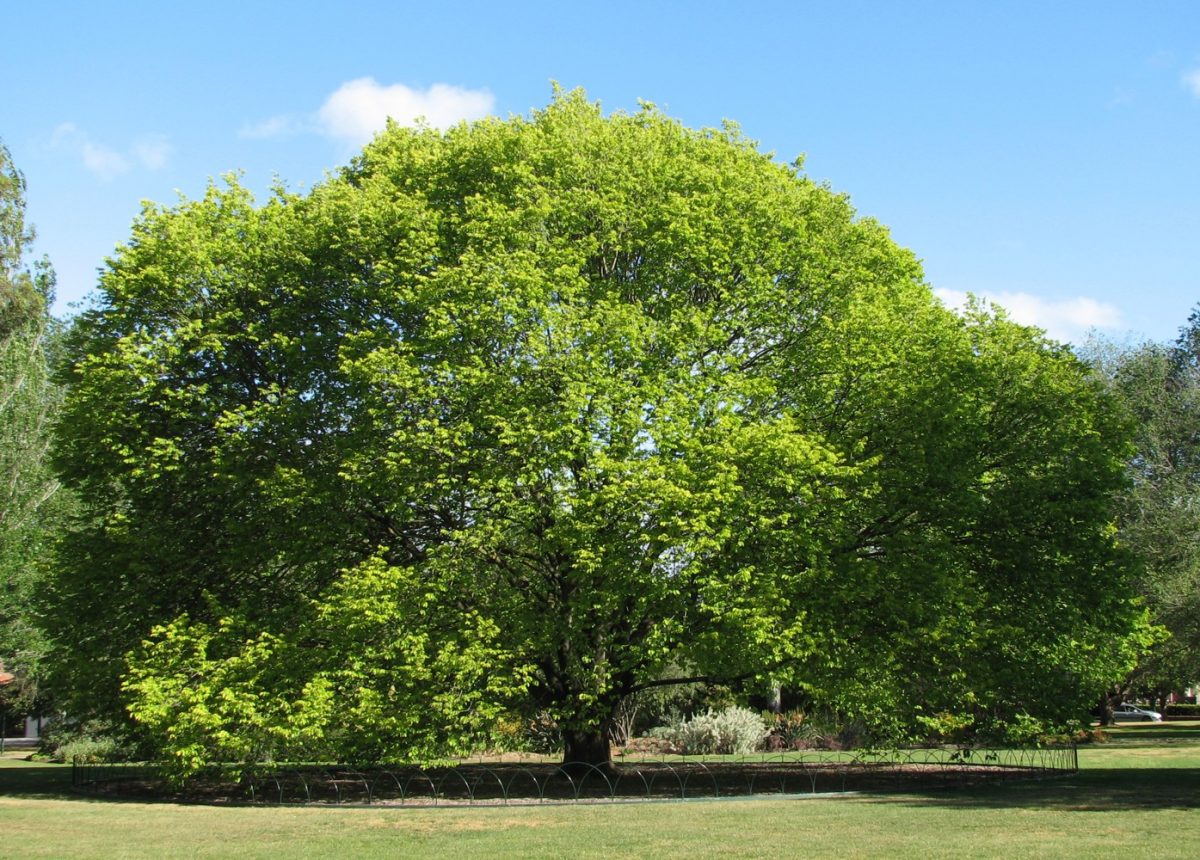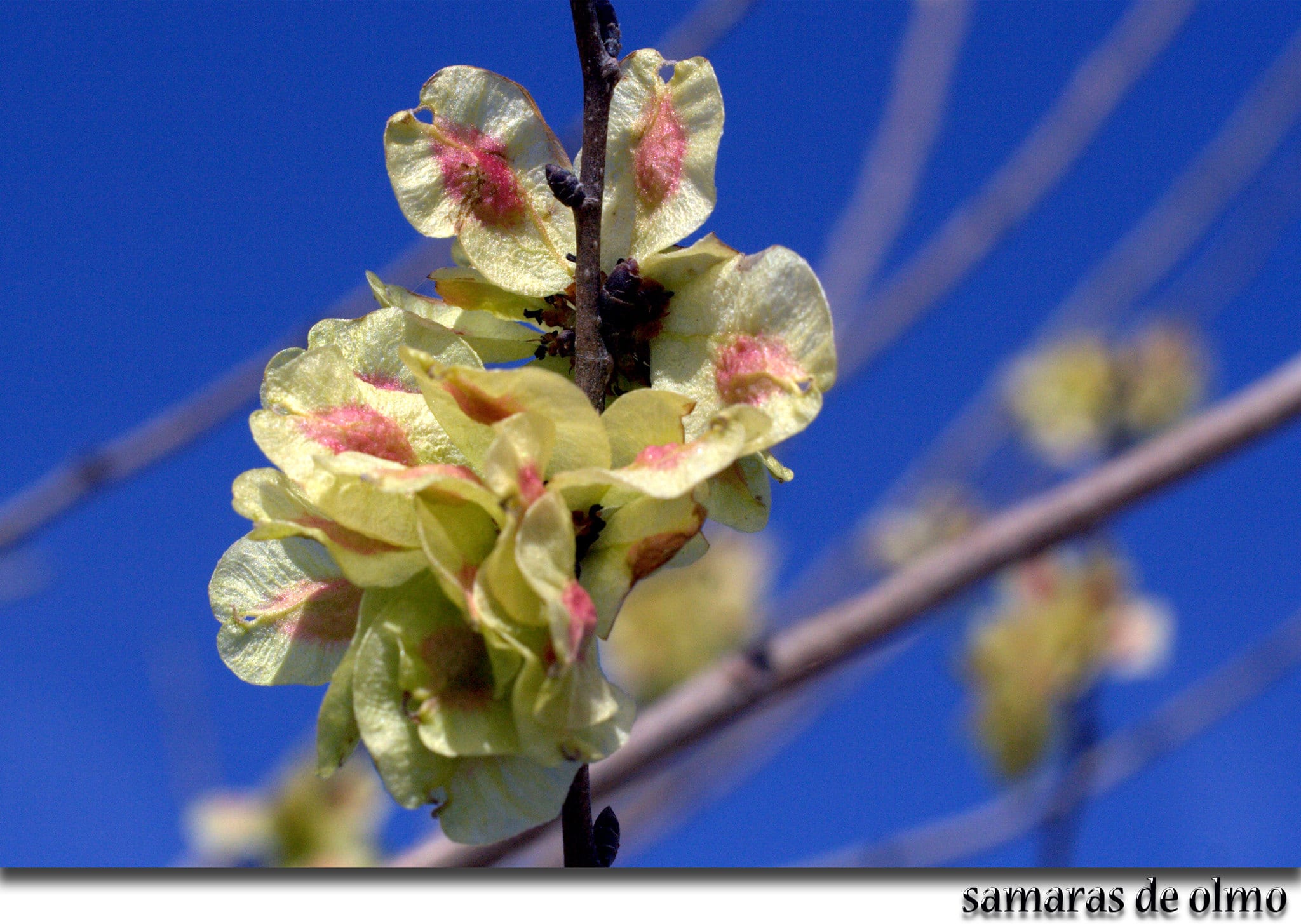
Surely you have come across an occasional elm while you were taking a walk or going on an excursion. These large trees have been part of the history of the human being since ancient times, but few people know much about them, such as what fruit the elm bears.
In this article we will explain what the elm is, its distribution and its uses. In addition, we will answer the big question posed by the title of this post: What fruit does the elm bear? Do not hesitate to continue reading if you are interested in these trees!
What is elm?

Before clarifying what fruit the elm bears, we will first explain what this vegetable is. It is a genus of tree that is part of the family ulmaceae and which receives the scientific name ulmus. The species that belong to this genus are deciduous trees whose size is robust and tall. They are capable of reaching up to forty meters in height.
Among the most common species is the Ulmus minor, also known as common or black elm. It has a thick and slightly crooked trunk. It may even be hollowed out in older specimens, especially those that have been subjected to pruning. Its bark has a grayish-brown or dark color and is quite cracked and rough. Its crown should be highlighted, which is wide and rounded with dense foliage, which offers good shade on sunny days. The branches are quite thin and hairless and its bark is smooth and brownish.
As for the leaves of the elm, these are pointed and rounded with a serrated edge. They have basal asymmetry, since the distance of the superior insertion of the limbus is less than that of the insertion with the ramillo. Regarding the flowers of this majestic tree, these are precocious. They are grouped in inflorescences that can contain up to thirty flowers. The fruit can become ripe and spread even before the elm leaves have fully formed.
elm distribution
We can find elms in western Asia, in much of Europe and in North Africa. It is a tree that human beings have been cultivating for many years. During the time of the Romans its territory was extended and it is quite difficult to find out what its limit really is. For example, the islands of Mallorca, Menorca and Ibiza have elms, but it is not known if they are spontaneous or cultivated. In addition, these trees are found throughout almost the entire Iberian Peninsula, but are considerably more frequent in those regions that have a Mediterranean climate.
When growing this huge tree, it is important that the soil is deep and fresh. The best locations are the banks of rivers and groves, where we can also find quite frequently other trees such as poplars, alders, ash y Sauces.
As for the climate, the best for elms is temperate, which is why it is unusual to see these trees above a thousand meters above sea level. The elm normally flowers at the end of winter, between February and March, while the dissemination of its fruits takes place in April.

It is important to note that the gender ulmus has suffered during the last hundred years a very active and important epidemic called «graphiosis«. It is caused by fungi called Ophiostoma novo-ulmi y Ophiostoma ulmi. These attack almost all species of elm trees. As a consequence, these trees are today in danger of extinction. It is somewhat difficult to believe, since elms were considered the most frequent trees in the world before this epidemic arose. Experts estimate that the common elm population has been reduced by between 80% and 90%. If you have any of these trees in your garden, it is important that you know that the disease is spread by beetles. I recommend that you take a look at our article on how to repel or eliminate elm beetle.
Uses
As we have already mentioned before, elm trees have been cultivated by humans for a long time. This is due to the multiple uses it is given. The bark, for example, is used to create tinctures that are used in the treatment of severe infections that have been caused by bacteria belonging to the genus Clostridium, which often resist antibiotics.
Also such hard and dense wood has been widely used for manufacture wheel axles and cart yokes. Also, it was very popular for shipbuilding.
The fruit of the elm

Now that we know a little more about this beautiful tree, let's go to what really interests us: What fruit does the elm bear? Well, it is not the typical rounded and fleshy fruit that characterizes fruit trees so much. In the case of the elm, the fruits are samaras. These have a flattened shape and have an orbicular wing that completely surrounds the seed. They are generally grouped and usually have a length of between seven and nine millimeters. Samaras are a type of indehiscent dry fruit, that is: It does not open through a valve. Thanks to its shape, it is much easier for it to disperse through the wind.
Initially, the color of the elm samaras is light green with some reddish tones, especially in the areas closest to the seeds. Before falling it turns a yellowish-brown color. Both in the elms and in the ash trees or the ailantos, the seed is in the center of the wing of the samara. In other cases, such as maples, it is usually located on one side of the fruit, while the wing extends to the other side.
It is very curious how nature offers so many different forms and strategies depending on the type of living being and the species. Of course, it will never cease to amaze us!